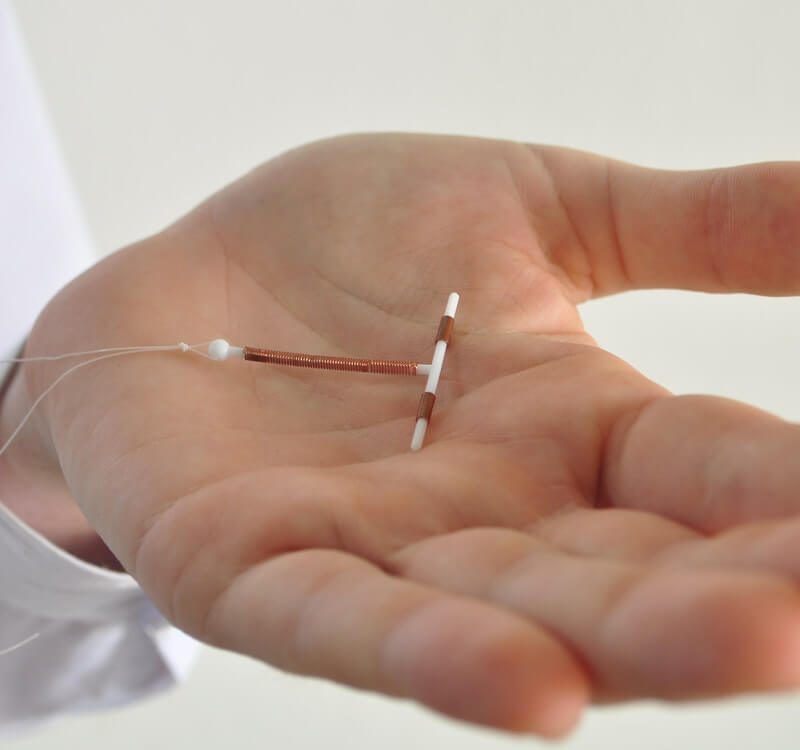One of the best things about living in modern society is that there are so many options for birth control. While some people are fine relying on condoms, it can become too much of a hassle to keep them in stock. Others prefer contraceptive pills, yet give up after forgetting to take it every single day at the same time. This is when intrauterine devices (IUD) start looking like a more practical solution. The fact that it’s a long-term and reversible form of birth control has made it the ideal choice for women for decades. But, what happens when you’re ready to get it taken out — or if it has expired? What can you expect? Is there a specific time frame when it should be removed? And, will you have to refrain from sexual intercourse right before and right after its removal?
How long do IUDs last?
There are different types of intrauterine devices. The traditional kind (Paragard) is made out of copper, while newer versions (Skyla, Kyleena, Mirena, and Liletta) release progestin to prevent pregnancy. Their expiration dates will depend on which type of IUD you chose. Paragard will last up to 12 years. Meanwhile, Skyla will be efficient in preventing pregnancy for up to three years. Kyleena will work for up to five years. Mirena and Liletta are good for seven years.
Why would a woman choose to remove an IUD?
In addition to the device having reached its expiration date, some individuals decide to take out their IUD for other reasons. These include wanting to get pregnant, having a sexually transmitted infection, or experiencing side effects — such as severe headaches or heavy bleeding.
What to Expect When Getting an IUD Removed
The procedure for removing an intrauterine device is the same for everyone, regardless of which type of IUD you have. Just as with any visit to the gynecologist, you’ll swap your clothes for a paper gown and lie down on an examination table with your feet on stirrups. The doctor will then insert a speculum to widen the vaginal canal for easier viewing.
Your doctor will be able to see threads from the IUD hanging out of the cervix. They will gently pull on these strings to pull out the intrauterine device. It really is that simple, and the process generally only takes a few minutes.
In rare cases, an IUD could become stuck within the uterus. When this occurs, your gynecologist may apply numbing medication to widen the cervix and use forceps to remove it.
You won’t feel pain, but it’s common to feel mild cramping. It’s also normal to experience light bleeding for several days after the removal.
Can I get a new IUD inserted right after removing another one?
In short, yes. If the reason you’re removing your intrauterine device is because it has expired, let your gynecologist know. They will insert a new one right after removing the previous one. Have this conversation with your doctor prior to your scheduled removal appointment, so that you can discuss whether you will continue using the same type of IUD or whether a different one would work best for you.
Can I have sex days before IUD removal?
While it is physically possible to have sex during the days leading up to an IUD removal, if you want to avoid pregnancy, your OB-GYN may recommend avoiding intercourse with a man for up to seven days prior to your appointment.
When can I have sex again after an IUD removal?
You can have sex right away after an IUD removal. However, keep in mind that you may get pregnant immediately after taking out an intrauterine device if you didn’t get another IUD inserted. Therefore, if you’re having sex with a man and want to avoid conception, use other forms of birth control.
If You’d Like To Remove an IUD, OB-GYN Women’s Center Can Help
At OB-GYN Women’s Center, we aim to make all of our patients feel comfortable. And getting answers to all your questions is the first step in getting the treatment you need.
Contact us to schedule an appointment.


